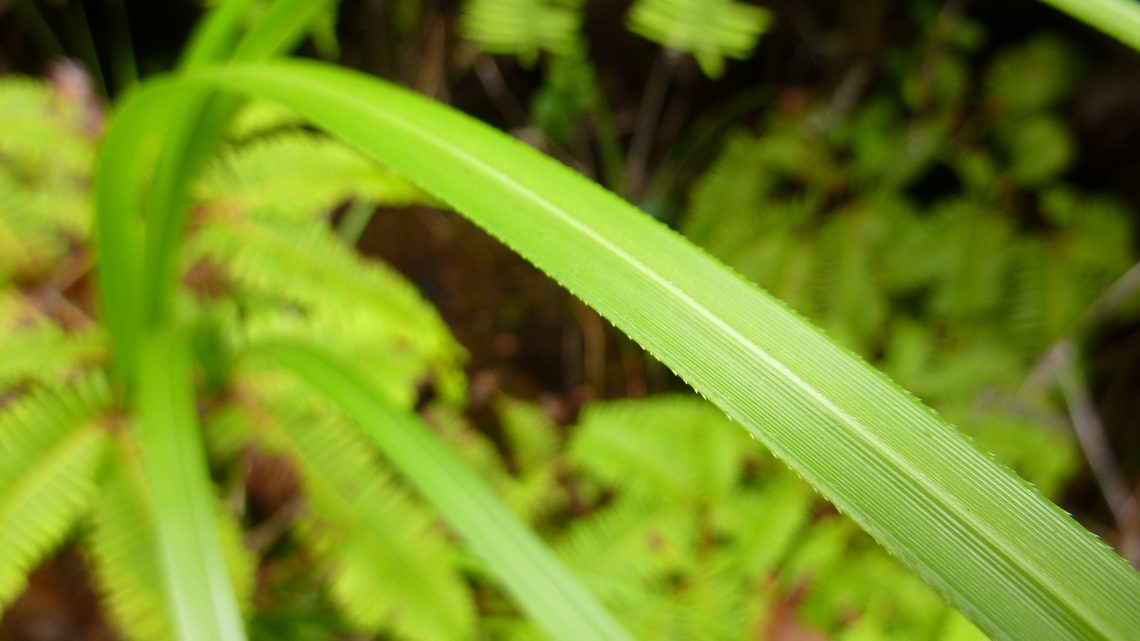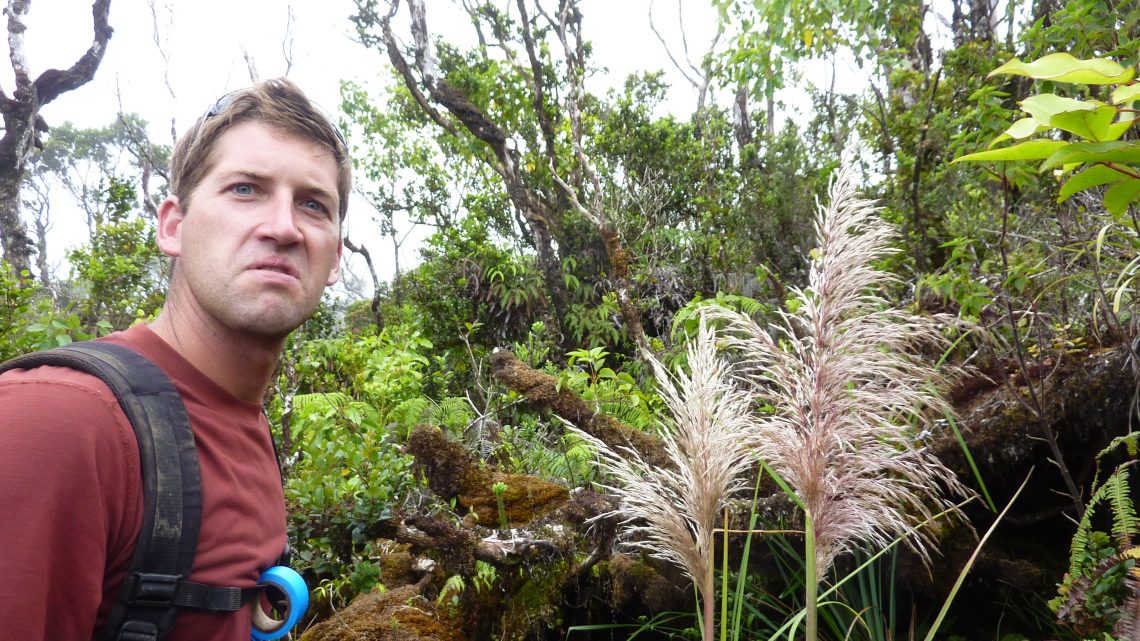In the final installment of the “Pampas Gone Wild” series, we’ll cover some of the key identification features of pampas…
Read More
pampas in rainforest
Pampas Gone Wild-Haipua‘ena part 1
Pampas grass or Cortaderia jubata with it’s wind-dispersed seeds readily escapes cultivation. Tackling established populations far from civilization takes some…
Read More


